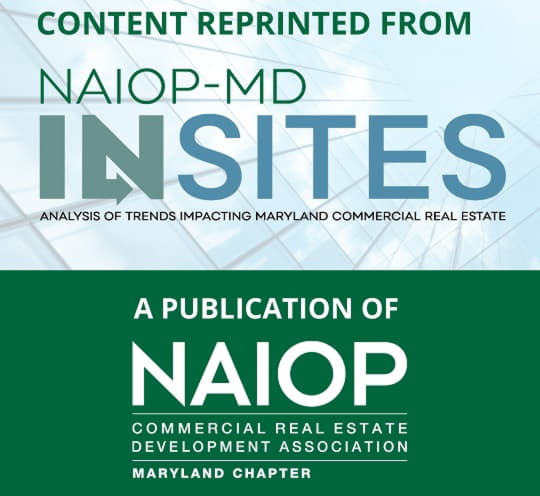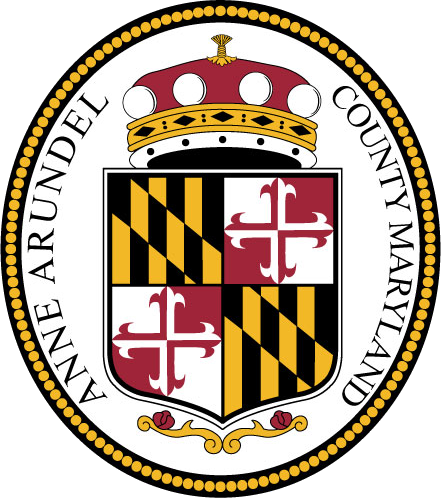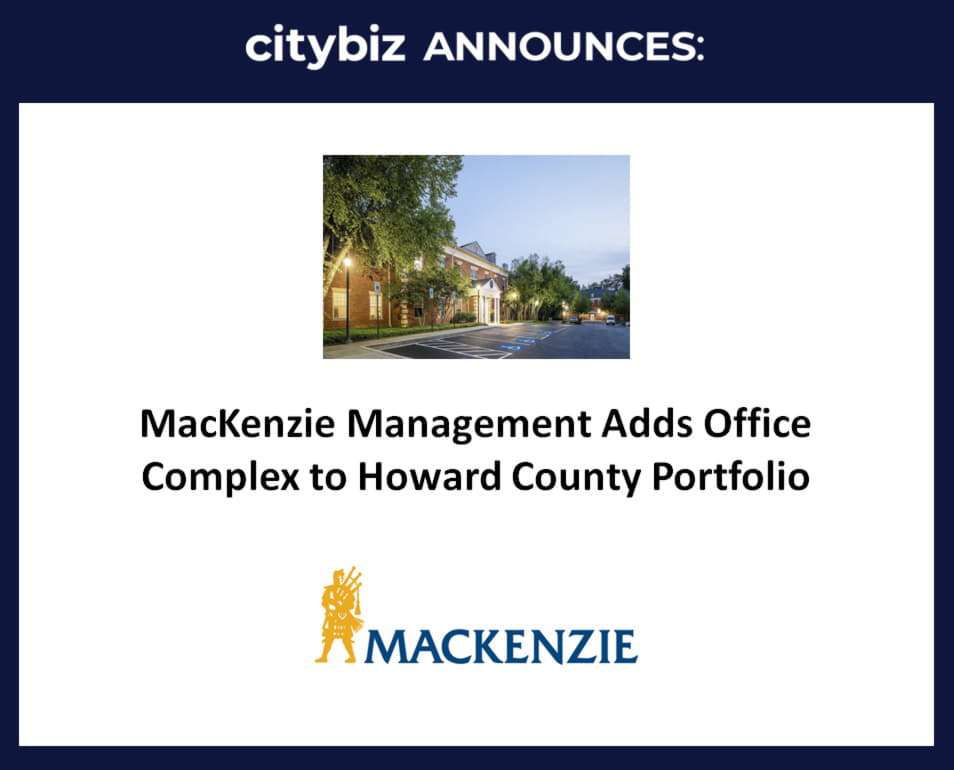
Bolder thinking about development and more rigorous analyses of regulations will be needed to help the Anne Arundel County Council achieve its Plan2040 vision of creating healthy, thriving communities. That’s the argument currently being advanced by NAIOP Maryland and others.
Plan2040, the county’s proposed General Development Plan, sets out a policy framework to protect the natural environment, shape development of the built environment, provide public services that create healthy communities, and support a diverse, resilient economy.
Essentially, the plan lays out a new vision for the county. However, “the density levels, regulations and other items in Anne Arundel’s development toolbox right now don’t allow for some of things they are envisioning,” said Tom Pilon, Senior Vice President of Development at St. John Properties and Chair of the NAIOP Maryland Legislative Committee. For starters, “our impression of the plan is that it is not providing enough area to accommodate the growth they are projecting.”
Plan2040 suggests the county has development capacity for just over 47,000 residential units. An analysis by NAIOP Maryland, however, concluded that projection was “unrealistically optimistic… Sixty percent of Plan2040’s residential development capacity is on land that is already occupied.” Nearly 50 percent of the projected residential capacity lies within three commercial zones. Yet the plan does not propose pathways to transform areas into high-density residential or mixed-use properties to meet residential and commercial development goals. Plan2040 mentions mixed-use development more than 145 times. Land designated for mixed use and town centers, however, constitutes just 1.9 percent of county acreage under the plan.
Meanwhile, development on those and other properties are constrained by the county’s interpretation of density. NAIOP Maryland’s response to Plan2040 presents the example of a five to seven story apartment or condominium building of about 100 units per acre plus structured parking and possibly ground-floor commercial, such as the Metropolitan in downtown Columbia. “The Metropolitan is considered a mid-rise/medium-density project [in Howard County] but its density is four to six times higher than Plan2040’s definition of high-density residential of 15 to 22 units per acre. The Council should understand that the Plan2040 density allows mostly three-story, walk-up apartment buildings.”
Higher density development is needed not just to meet Anne Arundel’s housing needs but also to achieve the county’s environmental goals, said Kevin Haines, President of Holly Oak Consulting.
Plan2040 heightens environmental restrictions on development on a site-by-site basis, he said. Those restrictions include increased forest conservation requirements, expanded greenways and the protection of 25-foot buffers around ephemeral streams.
“Everyone wants to preserve nature, but you don’t want to do it in such a way that sacrifices the greater cause of the environment,” Haines said. “As a state, we have made a decision to prioritize clustered growth and smart growth because we want to address greenhouse gas emissions, sea-level rise and climate change… To preserve natural resources, prevent sprawl and limit commuting, we should really promote high-density development whether that is for single family homes, townhouses, condos, apartments or commercial developments.”
NAIOP Maryland’s analysis of Plan2040 concludes the county needs to alter its approach to development in order to avoid some issues involving quality of life and the local economy.
“Plan2040 projects an increase of 68,000 jobs and 27,000 households,” the analysis states. “This ratio of 2.5 jobs per new household is 62% higher than the threshold of 1.54 jobs per household adopted by the Metropolitan Washington Council of Governments… Using the same math as the Washington Metro region indicates Anne Arundel will have a housing shortfall of 48,000 units by 2040… As the jobs-to-housing distribution becomes more geographically imbalanced, traffic congestion will increase as workers commute from outside the region to fill available jobs and housing affordability will further deteriorate as demand far outpaces supply.”

Anne Arundel County, the NAIOP Maryland analysis states, will be better equipped to achieve the full range of its Plan2040 goals if the county council revises land-use categories, zoning and development regulations, increases growth densities and opens up opportunities for mixed-use, transit-oriented, innovative and even transformational developments.
Copyright 2021, NAIOP Maryland. Reprinted with permission from NAIOP-MD InSites. www.naiopmd.org


































